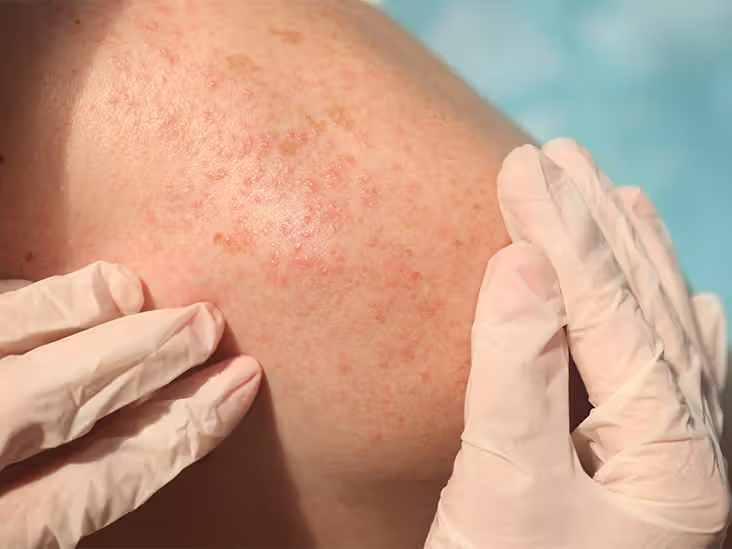Hodgkin lymphoma (Hodgkin disease)

Hodgkin lymphoma (Hodgkin disease)
Contact Us
Related Videos :
Frequently Asked Questions (FAQ) :
A1: The survival rate for Hodgkin lymphoma is very high, especially when diagnosed early. The 5-year survival rate is about 86%, with many patients living much longer.
A2: Yes, Hodgkin lymphoma is one of the most curable forms of cancer, particularly with early detection and appropriate treatment.
A3: While most patients achieve long-term remission, there is a possibility of recurrence. Regular follow-up care is essential to monitor health after treatment.
A4: Side effects vary depending on the treatment but may include fatigue, nausea, hair loss, and increased risk of infections. Your healthcare team will help manage these side effects.

About Hodgkin Lymphoma
Hodgkin lymphoma, also known as Hodgkin disease, is a type of cancer that originates in the lymphatic system, which is part of the body’s immune system. The disease is characterized by the presence of Reed-Sternberg cells, which are abnormal cells that can be identified under a microscope. Hodgkin lymphoma is relatively rare but is one of the most treatable forms of cancer, especially when detected early.
Causes of Hodgkin Lymphoma
The exact cause of Hodgkin lymphoma is still unknown, but certain factors may increase the risk of developing the disease, including:
- Family History: A family history of lymphoma may increase the risk.
- Age: It is most commonly diagnosed in people between the ages of 15-30 and those over 55.
- Gender: Slightly more common in males than females.
- Viral Infections: Certain viral infections, such as Epstein-Barr virus (EBV), have been linked to an increased risk.
- Weakened Immune System: People with weakened immune systems, such as those with HIV/AIDS or those who take immunosuppressive drugs, are at higher risk.
Types of Hodgkin Lymphoma
There are two main types of Hodgkin lymphoma:
- Classical Hodgkin Lymphoma (cHL): This is the most common type and accounts for about 95% of cases. It is further divided into four subtypes:
- Nodular sclerosis Hodgkin lymphoma
- Mixed cellularity Hodgkin lymphoma
- Lymphocyte-rich Hodgkin lymphoma
- Lymphocyte-depleted Hodgkin lymphoma
- Nodular Lymphocyte-Predominant Hodgkin Lymphoma (NLPHL): A rarer form, accounting for about 5% of cases, and tends to grow more slowly.
Symptoms of Hodgkin Lymphoma
Symptoms of Hodgkin lymphoma may include:
- Painless swelling of lymph nodes, particularly in the neck, armpits, or groin
- Persistent fatigue
- Unexplained fever
- Night sweats
- Unintentional weight loss
- Itchy skin
- Coughing or shortness of breath (if the disease affects the chest)
If you experience any of these symptoms, it is important to seek medical advice for proper diagnosis and treatment.
Diagnosis of Hodgkin Lymphoma
Diagnosing Hodgkin lymphoma typically involves several steps:
- Physical Examination: Checking for swollen lymph nodes and other signs of the disease.
- Blood Tests: To assess overall health and rule out other conditions.
- Imaging Tests: Such as X-rays, CT scans, PET scans, or MRI scans to detect the presence and spread of lymphoma.
- Lymph Node Biopsy: A small sample of tissue is taken from a lymph node and examined under a microscope for Reed-Sternberg cells.
- Bone Marrow Biopsy: In some cases, a biopsy of the bone marrow may be necessary to check for the spread of the disease.
Treatment Options for Hodgkin Lymphoma
The treatment of Hodgkin lymphoma depends on the stage and type of the disease, as well as the patient’s overall health. Common treatment options include:
- Chemotherapy: The primary treatment for Hodgkin lymphoma, often combined with radiation therapy.
- Radiation Therapy: Used to target and kill cancer cells in specific areas.
- Targeted Therapy: Uses drugs that target specific molecules involved in the growth and spread of cancer cells.
- Immunotherapy: Boosts the immune system to fight cancer cells.
- Stem Cell Transplant: Used in advanced cases or if the lymphoma returns after initial treatment.
Cost of Treatment and Stay in India
Lorem ipsum dolor sit amet, consectetur adipiscing elit. Ut elit tellus, luctus nec ullamcorper mattis, pulvinar dapibus leo.